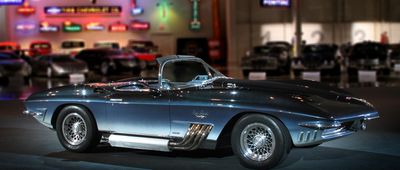Driving for Sport
Sport utility vehicles — combining the comfort of passenger cars, the capabilities of off-road vehicles, and the storage and towing capacity of trucks — skyrocketed in popularity in the 1990s thanks to soccer moms and weekend warriors, and their popularity has never waned. Here's a look at some of the most innovative, popular, and enduring models ever built, including a classic from the '60s and '70s that VW is reimagining as an electric vehicle.
Jason Notte contributed to this story.
Related: The Most Reliable Trucks of All Time







































